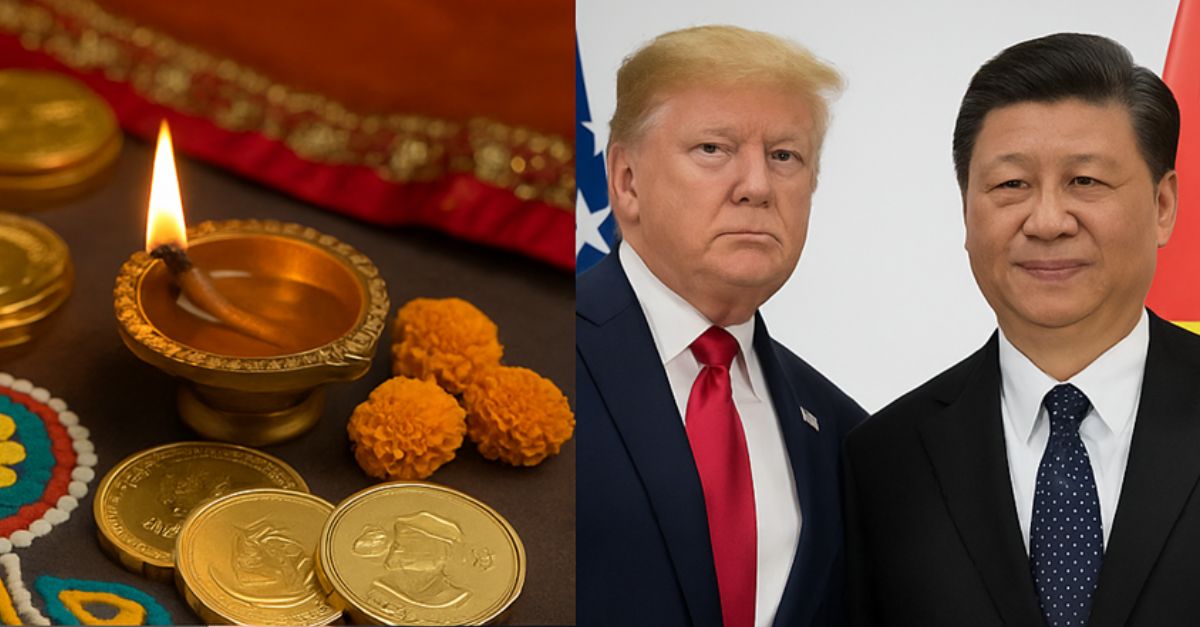
Demetris Christou, Managing Director – AGD Global
After weeks of steady gains driving gold and silver toward record highs, markets have finally taken a breather. The recent pullback reflects a combination of global macroeconomic shifts, investor positioning, and the natural ebb and flow of seasonal demand.
Let’s look at the main factors shaping the current price movement — and the seasonal forces that continue to play a vital role in gold’s long-term performance.
1️⃣ U.S. Dollar Strengthens
The recent appreciation of the U.S. dollar has placed downward pressure on gold. Because gold is priced in U.S. dollars, any rise in the dollar’s value makes gold more expensive for buyers using other currencies, reducing global demand. With bond yields rising and the U.S. economy showing resilience, investors have momentarily shifted capital into dollar-denominated assets — creating short-term weakness in precious metals.
2️⃣ Improved U.S.–China Relations
Renewed diplomatic dialogue between Washington and Beijing has eased geopolitical tensions and improved global risk sentiment. As investors grow more confident, funds often flow out of “safe-haven” assets like gold and silver into riskier assets such as equities. This shift doesn’t change the long-term fundamentals for gold but can temporarily slow momentum.
3️⃣ Profit-Taking by Large Investors
After strong rallies earlier this quarter, many large institutional investors and funds have taken profits. This is a normal phase of the market cycle — traders locking in gains after periods of strength. Combined with reduced physical demand following Diwali, it has amplified short-term selling pressure.
Seasonal Insight: India’s Festival Cycle and Gold Demand
India remains one of the world’s largest consumers of physical gold, and its cultural calendar directly influences global demand patterns.
Two festivals stand out for their impact:
• Akshaya Tritiya (April–May): A symbol of prosperity and lasting wealth, it traditionally marks the start of the gold-buying season. Demand surges as households purchase gold jewellery and coins, often giving early-year support to global prices.
• Diwali (October–November): Known as the “Festival of Lights,” Diwali is another peak period for gold buying, driven by gift-giving, weddings, and religious customs. The weeks leading up to Diwali often see retailers and wholesalers stock heavily, lifting both local and international premiums.
However, once these festivals conclude, demand typically cools — creating a natural seasonal softening. This year’s pullback coincides with that post-festival adjustment, amplifying broader market trends such as the stronger dollar and investor profit-taking.
Outlook
Despite the current correction, gold’s long-term drivers remain robust. Central-bank accumulation, ongoing inflation concerns, and rising fiscal pressures across major economies continue to provide a solid foundation for sustained demand.
That said, if the current pullback continues and short-term momentum remains weak, we could see gold retesting the USD 3,800 level before stabilizing. Such a move would likely represent a healthy consolidation phase rather than a reversal — offering disciplined investors renewed entry opportunities as the market resets for its next upward leg.
Short-term volatility should not be mistaken for weakness — it often provides clarity, liquidity, and long-term value for those watching closely.
Disclaimer:
This report is provided by AGD Global for informational and educational purposes only. It does not constitute financial advice, investment recommendations, or a solicitation to buy or sell any product or security. All views and opinions are based on publicly available information believed to be accurate at the time of publication but are subject to change without notice. Investors should perform their own due diligence or consult a qualified financial advisor before making investment decisions.
